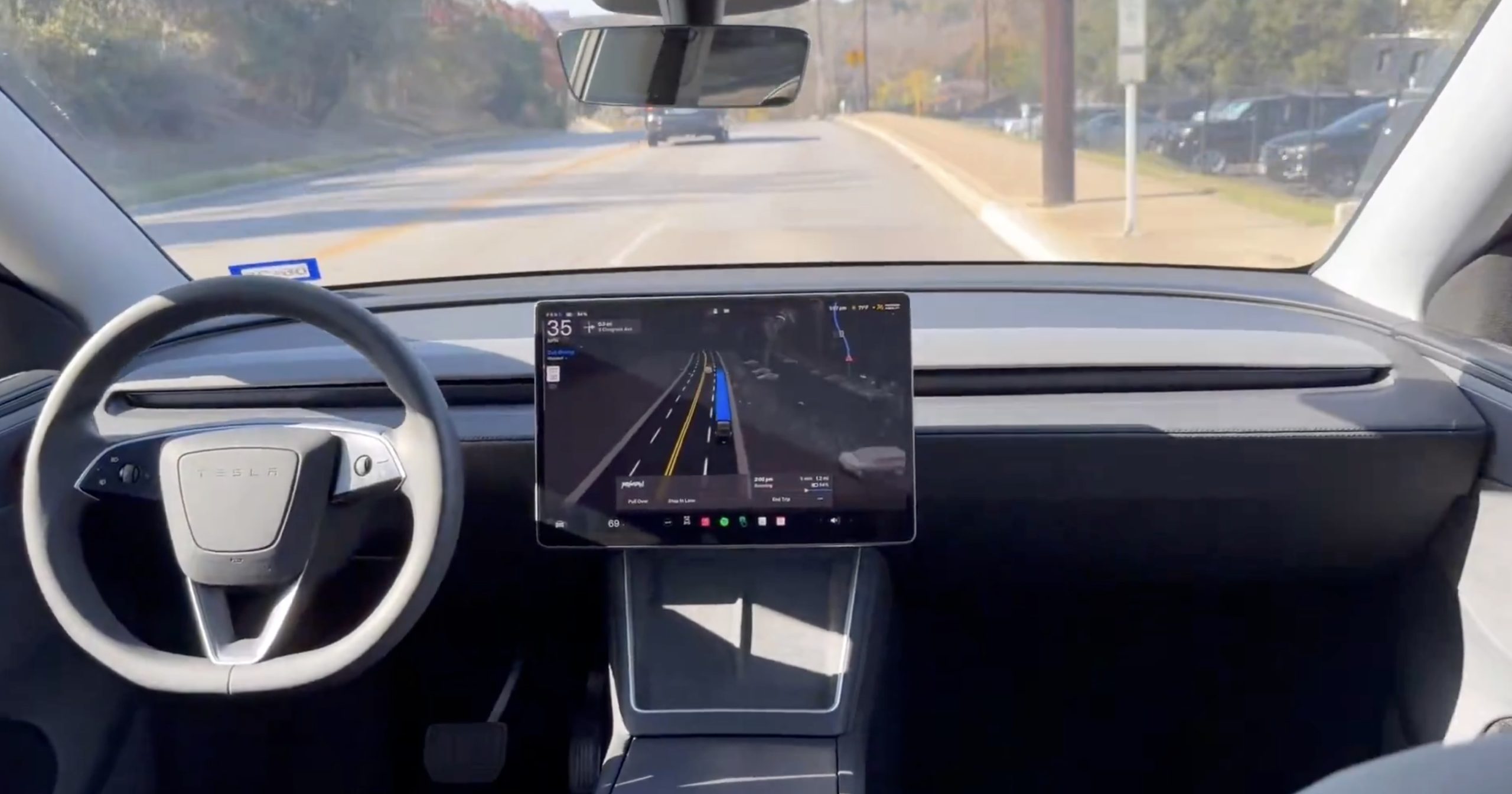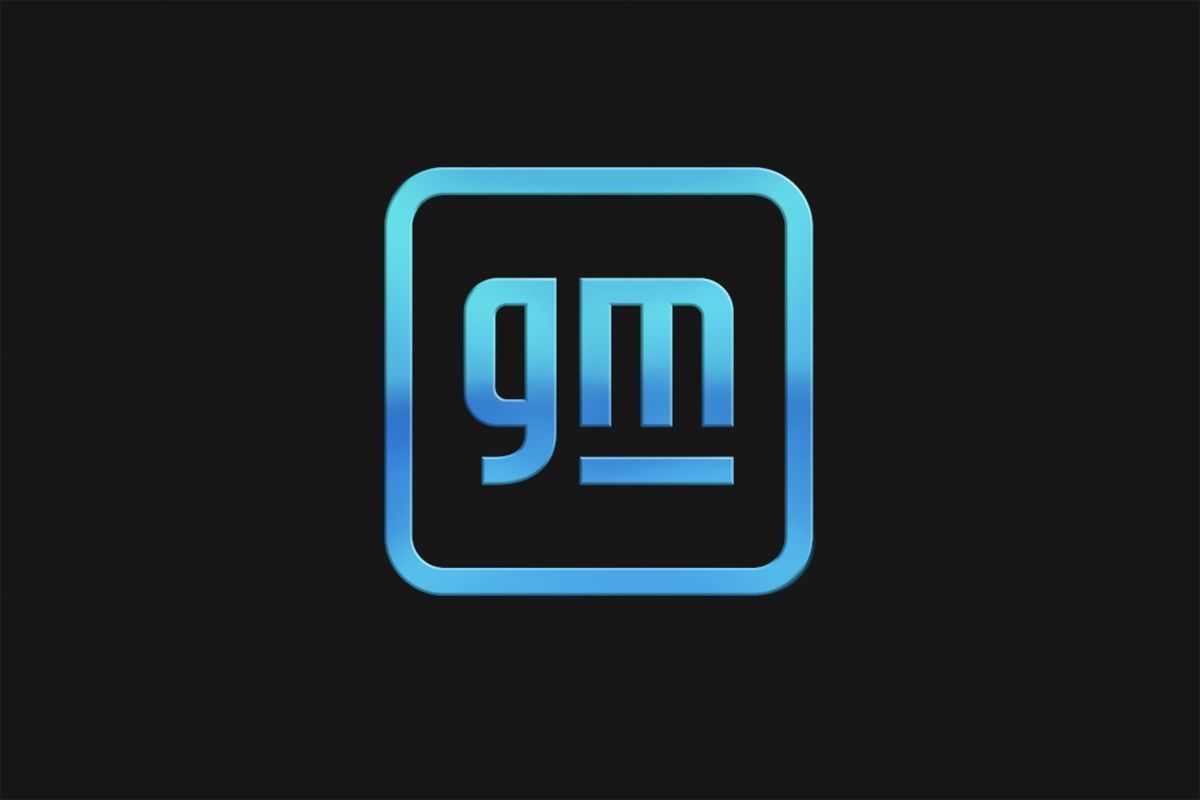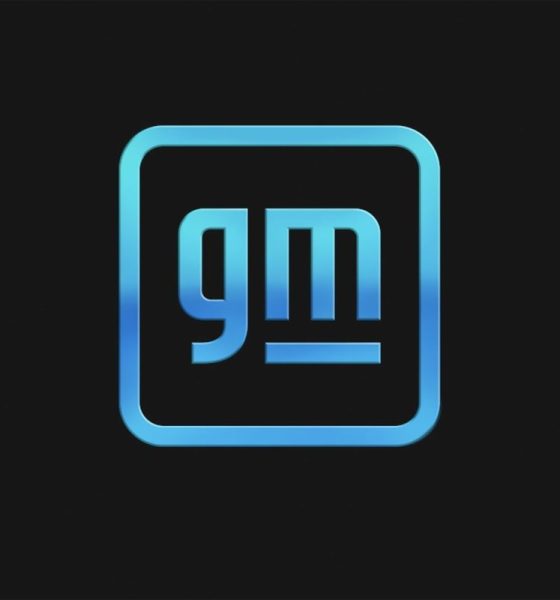Ahead of the General Motors (GM) earnings call this week, the automaker has new union contracts and is expected to report around $10 billion in earnings. However, challenges remain for GM, including electric vehicle (EV) production constraints and the ongoing effects of an accident involving one of its self-driving subsidiary Cruise’s robotaxis in October.
GM will report Q4 and FY 2023 earnings on Tuesday, and the company said in November it expected to earn almost $10 billion throughout 2023—despite around $1.1 billion being lost during historic six-week strikes from the United Auto Workers (UAW) union.
Analysts will be looking to see how GM plans to manage its upcoming launch of the Equinox EV, despite past production issues. In addition, onlookers will want to see how the automaker can navigate its self-driving unit Cruise this year, after an accident with a pedestrian in October rocked operations at the startup.
ARK Invest’s Cathie Wood: Ford and GM’s EV slowdown may benefit Tesla
Morningstar U.S. Auto Equity Analyst David Whiston says he hopes to see what kind of tone CEO Mary Barra and CFO Paul Jacobsen are setting for 2024 during the call, along with the company’s financial expectations given the recent events (via Automotive News).
According to Whiston, this year “should be at least a solid year for them, if not better.”
Other analysts expect the effects of the UAW strikes to have a larger impact on GM’s 2023 numbers, as highlighted by Bank of America analysts in a BofA Global Research note published last week.
“GM and Ford are likely to post a lighter finish to 2023 given pressures from the UAW strike, which impaired production,” the note said. “The greatest focus [will] be on EV expectations since sentiment on electrification has quickly soured.”
In November, GM also announced a $10 billion share buyback plan to help boost Wall Street confidence following the new UAW labor agreement.
EV Production Constraints at GM
GM has struggled to ramp up production of its Ultium EV platform, partially due to an issue with an automation equipment supplier that significantly delayed assembly of battery modules. Last month, the automaker was forced to issue a stop sale on the Blazer EV to address software quality issues.
In November, Barra highlighted the recent production issues, saying that GM “didn’t execute well this year as it relates to demonstrating our EV capability.” In 2024, however, Barra said she expects production to be “significantly higher.”
GM plans to begin production of its upcoming Equinox EV later this year, expected to be a mass-market vehicle priced around $35,000 with shipping.
“That needs to be a flawless launch,” Whiston added. “There’s a space of affordable EVs that Tesla is not in yet, and you don’t want Tesla to be first.”
GM Self-Driving Subsidiary Cruise Runs into Trouble
Along with GM’s need to smooth things out on the production side, the company’s robotaxi company Cruise has been spiraling since one of its driverless vehicles dragged and pinned a pedestrian in October. The startup’s license to operate self-driving vehicles was immediately revoked by the California Department of Motor Vehicles (DMV), which went on to say that the company “misrepresented” and “omitted” critical details about the accident in its follow-up correspondence with the state.
Since then, the company founders have resigned along with several executives, and the GM subsidiary has laid off almost a quarter of its workforce. Following an independent review of the accident from GM-hired law firm Quinn Emanuel, the results of which were shared last week, it was discovered that a lack of internet connectivity may have hindered Cruise’s ability to share video from the incident with regulators.
Cruise is set to appear before the California Public Utilities Commission (CPUC) in a hearing on February 6.
What are your thoughts? Let me know at zach@teslarati.com, find me on X at @zacharyvisconti, or send your tips to us at tips@teslarati.com.

Elon Musk
Elon Musk and Tesla AI Director share insights after empty driver seat Robotaxi rides
The executives’ unoccupied tests hint at the rapid progress of Tesla’s unsupervised Robotaxi efforts.

Tesla CEO Elon Musk and AI Director Ashok Elluswamy celebrated Christmas Eve by sharing personal experiences with Robotaxi vehicles that had no safety monitor or occupant in the driver’s seat. Musk described the system’s “perfect driving” around Austin, while Elluswamy posted video from the back seat, calling it “an amazing experience.”
The executives’ unoccupied tests hint at the rapid progress of Tesla’s unsupervised Robotaxi efforts.
Elon and Ashok’s firsthand Robotaxi insights
Prior to Musk and the Tesla AI Director’s posts, sightings of unmanned Teslas navigating public roads were widely shared on social media. One such vehicle was spotted in Austin, Texas, which Elon Musk acknowleged by stating that “Testing is underway with no occupants in the car.”
Based on his Christmas Eve post, Musk seemed to have tested an unmanned Tesla himself. “A Tesla with no safety monitor in the car and me sitting in the passenger seat took me all around Austin on Sunday with perfect driving,” Musk wrote in his post.
Elluswamy responded with a 2-minute video showing himself in the rear of an unmanned Tesla. The video featured the vehicle’s empty front seats, as well as its smooth handling through real-world traffic. He captioned his video with the words, “It’s an amazing experience!”
Towards Unsupervised operations
During an xAI Hackathon earlier this month, Elon Musk mentioned that Tesla owed be removing Safety Monitors from its Robotaxis in Austin in just three weeks. “Unsupervised is pretty much solved at this point. So there will be Tesla Robotaxis operating in Austin with no one in them. Not even anyone in the passenger seat in about three weeks,” he said. Musk echoed similar estimates at the 2025 Annual Shareholder Meeting and the Q3 2025 earnings call.
Considering the insights that were posted Musk and Elluswamy, it does appear that Tesla is working hard towards operating its Robotaxis with no safety monitors. This is quite impressive considering that the service was launched just earlier this year.
Elon Musk
Starlink passes 9 million active customers just weeks after hitting 8 million
The milestone highlights the accelerating growth of Starlink, which has now been adding over 20,000 new users per day.

SpaceX’s Starlink satellite internet service has continued its rapid global expansion, surpassing 9 million active customers just weeks after crossing the 8 million mark.
The milestone highlights the accelerating growth of Starlink, which has now been adding over 20,000 new users per day.
9 million customers
In a post on X, SpaceX stated that Starlink now serves over 9 million active users across 155 countries, territories, and markets. The company reached 8 million customers in early November, meaning it added roughly 1 million subscribers in under seven weeks, or about 21,275 new users on average per day.
“Starlink is connecting more than 9M active customers with high-speed internet across 155 countries, territories, and many other markets,” Starlink wrote in a post on its official X account. SpaceX President Gwynne Shotwell also celebrated the milestone on X. “A huge thank you to all of our customers and congrats to the Starlink team for such an incredible product,” she wrote.
That growth rate reflects both rising demand for broadband in underserved regions and Starlink’s expanding satellite constellation, which now includes more than 9,000 low-Earth-orbit satellites designed to deliver high-speed, low-latency internet worldwide.
Starlink’s momentum
Starlink’s momentum has been building up. SpaceX reported 4.6 million Starlink customers in December 2024, followed by 7 million by August 2025, and 8 million customers in November. Independent data also suggests Starlink usage is rising sharply, with Cloudflare reporting that global web traffic from Starlink users more than doubled in 2025, as noted in an Insider report.
Starlink’s momentum is increasingly tied to SpaceX’s broader financial outlook. Elon Musk has said the satellite network is “by far” the company’s largest revenue driver, and reports suggest SpaceX may be positioning itself for an initial public offering as soon as next year, with valuations estimated as high as $1.5 trillion. Musk has also suggested in the past that Starlink could have its own IPO in the future.
News
NVIDIA Director of Robotics: Tesla FSD v14 is the first AI to pass the “Physical Turing Test”
After testing FSD v14, Fan stated that his experience with FSD felt magical at first, but it soon started to feel like a routine.

NVIDIA Director of Robotics Jim Fan has praised Tesla’s Full Self-Driving (Supervised) v14 as the first AI to pass what he described as a “Physical Turing Test.”
After testing FSD v14, Fan stated that his experience with FSD felt magical at first, but it soon started to feel like a routine. And just like smartphones today, removing it now would “actively hurt.”
Jim Fan’s hands-on FSD v14 impressions
Fan, a leading researcher in embodied AI who is currently solving Physical AI at NVIDIA and spearheading the company’s Project GR00T initiative, noted that he actually was late to the Tesla game. He was, however, one of the first to try out FSD v14.
“I was very late to own a Tesla but among the earliest to try out FSD v14. It’s perhaps the first time I experience an AI that passes the Physical Turing Test: after a long day at work, you press a button, lay back, and couldn’t tell if a neural net or a human drove you home,” Fan wrote in a post on X.
Fan added: “Despite knowing exactly how robot learning works, I still find it magical watching the steering wheel turn by itself. First it feels surreal, next it becomes routine. Then, like the smartphone, taking it away actively hurts. This is how humanity gets rewired and glued to god-like technologies.”
The Physical Turing Test
The original Turing Test was conceived by Alan Turing in 1950, and it was aimed at determining if a machine could exhibit behavior that is equivalent to or indistinguishable from a human. By focusing on text-based conversations, the original Turing Test set a high bar for natural language processing and machine learning.
This test has been passed by today’s large language models. However, the capability to converse in a humanlike manner is a completely different challenge from performing real-world problem-solving or physical interactions. Thus, Fan introduced the Physical Turing Test, which challenges AI systems to demonstrate intelligence through physical actions.
Based on Fan’s comments, Tesla has demonstrated these intelligent physical actions with FSD v14. Elon Musk agreed with the NVIDIA executive, stating in a post on X that with FSD v14, “you can sense the sentience maturing.” Musk also praised Tesla AI, calling it the best “real-world AI” today.










